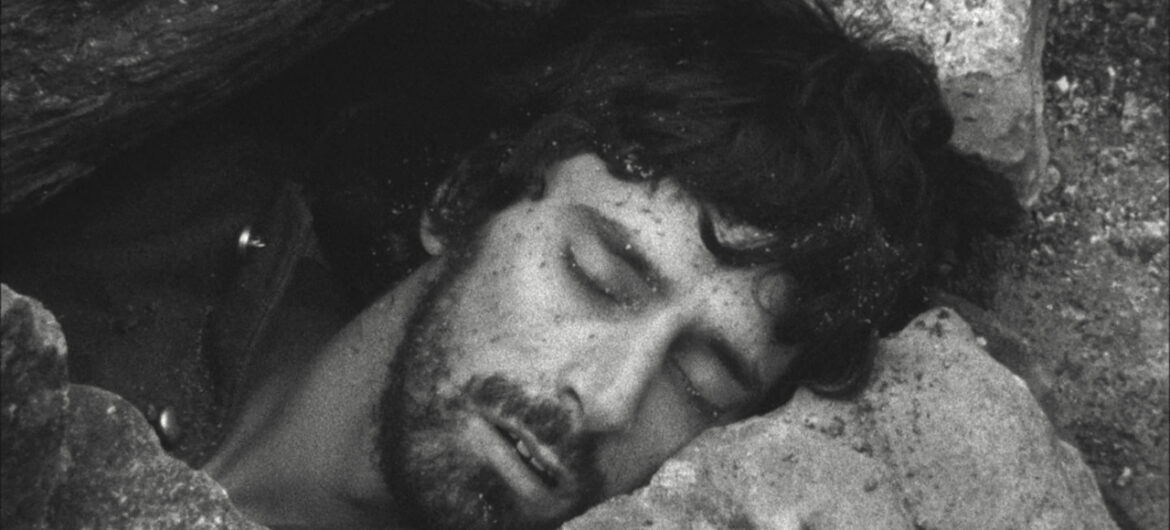One of the lesser-known works in the filmography of acclaimed director, Tony Scott’s first film “One of the Missing” is a compelling and thought-provoking film released in 1968. Directed with finesse and a distinct visual style, the movie delves into the depths of human psychology and the harrowing effects of war. In it, a Southern soldier in the American Civil War is sent to reconnoiter the enemy positions and becomes trapped beneath a huge pile of rubble by Northern cannon fire. His loaded gun is left pointing precariously at him and he is faced with imminent death.
The Confederate soldier’s solo scouting mission meets disaster when enemy cannon fire traps him under rubble. Alone and suffocated by abrasive stone and rotting woodwork, the pinned soldier desperately seeks a way out of his happenstance prison, one way or another. Shot in black-and-white and possessing an eerie sound mix, the film’s gothic forest and nigh-alien ambiance trap the audience into the soldier’s nightmarish experience.
This glorification and immersion into ground-level conflicts arguably grants even the grim One of the Missing a humanistic angle: even the unknown soldier is given his due sympathy. The world will go on with or without him, but even this “unimportant” entity, without any dazzling powers or the fate of the world in his hands, has his own range of emotions Tony wants us to connect to. It’s an empathy for the everyman that has been lost by the fantastic scale or deconstructing domestic cynicism of contemporary Hollywood, and while One of the Missing is missing the hopefulness of Tony Scott’s greatest works, it’s simplicity, polish, and unassuming scale provide a manifesto that populist entertainment would do well to remember again.






